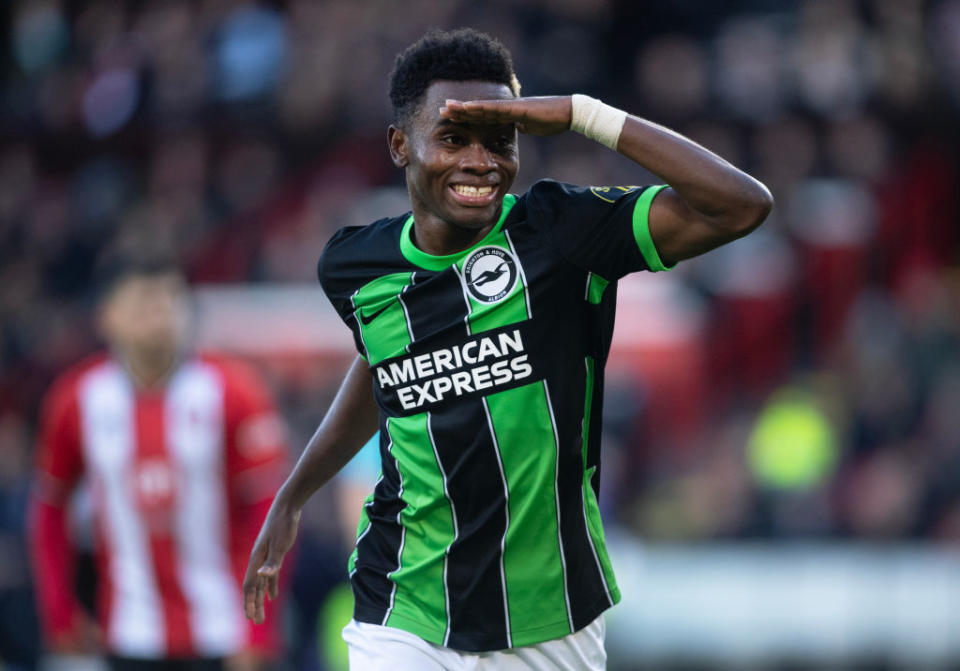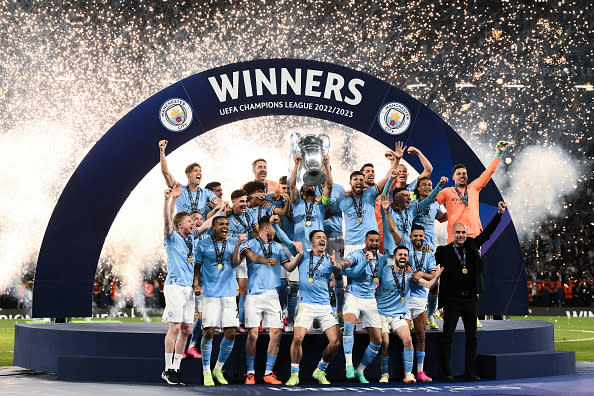Money gave the Premier League power. Multi-club ownership has secured it

The rise of multi-club ownership and how it has helped English teams to consolidate their dominant position in world football.
At the end of the 2012-13 season, clubs in the English Football League sought to put an end to a loophole seen as a threat to competition.
After Watford were taken over by the Pozzo family in 2012, the club signed 10 players from Udinese, another club they owned. Watford reached the Championship play-off final that season, losing to Crystal Palace.
At around the same time, Chelsea were busy sending youngsters to Vitesse Arnhem to get game time, loaning out a total of 29 players over the course of Roman Abramovich’s ownership. Reports have since shown that the Russian oligarch was funding the Dutch club.
By voting to limit the number of loanees which could be included in a matchday squad, clubs in English football mistakenly thought they had fixed a problem which then did not have a name.
Eleven years later, multi-club ownership is everywhere in global football. And, as the International Centre for Sports Studies (CIES) shows, English football’s top sides are leading the way.
A report published this month shows that 14 clubs in the Premier League are part of a multi-club ownership structure – more than any other league in Europe.
The EFL Championship has nine teams in multi-club ownership groups, bucking a continent-wide 29 per cent decline in investments in such groups, the CIES said.
Not all of these groups acquire clubs for the purposes of swapping players. In the case of Red Bull, for example, spreading the brand across Germany, Austria and Brazil can boost sales for an energy drink.
⚽️ Football #ClubOwnership Networks. Ongoing investment trends in the football market are resulting in a scenario whereby links between clubs at ownership level are increasingly common and widespread. The below example includes a total of 48 clubs from 20 different countries 🌍 pic.twitter.com/YS0ZPb1hnx
— CIES Sports Intelligence (@CIESsportsintel) January 23, 2024
But by and large, the Premier League’s top clubs are benefitting from being at the centre of the web.
The most obvious advantage is player development. Brighton’s Simon Adingra was at sister club Union Saint-Gilloise in Belgium last season. Omar Richards moved from Nottingham Forest to Olympiacos last summer for a one-year loan. Dundee FC have received three players from Burnley as part of a partnership agreement. The list goes on.
But Premier League clubs are now also buying players from smaller sides of the same ownership.
Bournemouth signed FC Lorient’s Dango Ouattara last year in a £20m deal after a takeover of the French club was confirmed by owners Bill Foley and Black Knight Football Club.
Manchester City have reportedly agreed to sign Savio from Girona in the summer, while many of their own players have been sent out to play at other clubs in the City Football Group portfolio, such as Brazil’s Bahia.
Most strikingly, Savio has not made a single appearance for the CFG club he was originally signed to, Troyes.
When 20 years ago a billion-pound investment could prop up a league and upset the global order, multi-club ownership has created a system where the world’s best talent is funnelled to the Premier League. Those who need minutes are sent the other way.
With Uefa relaxing rules and Fifa showing little appetite to regulate, the barriers to creating multi-club ownership models are not difficult to overcome — if you have the money. Clubs must show that there are no crossovers in management and administration between two European clubs in order for both to play in the Champions League, for instance.

More than 60 per cent of investments it identified in 2023 involved “a case of multi-club ownership”. There are no signs of a real slump in appetite for this strategy, and Liverpool’s owners recently declared their intention to acquire more clubs.
Despite the EFL’s best attempts to curtail the administrative hack 11 years ago, multi-club ownership has taken over – and it has cemented the Premier League’s power over world football.

 Yahoo Finance
Yahoo Finance 